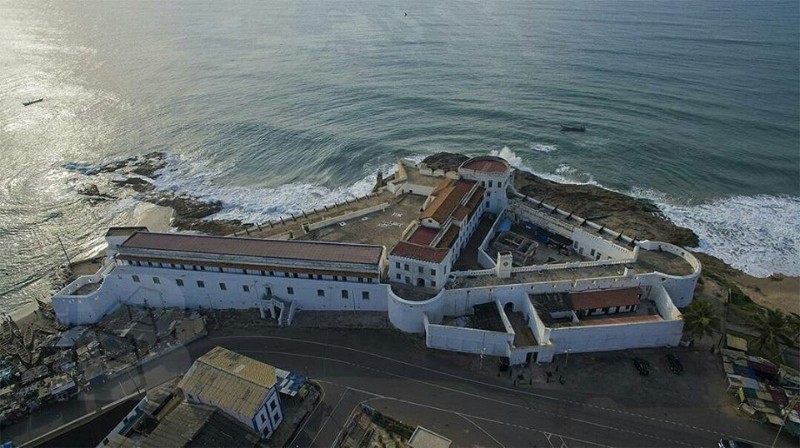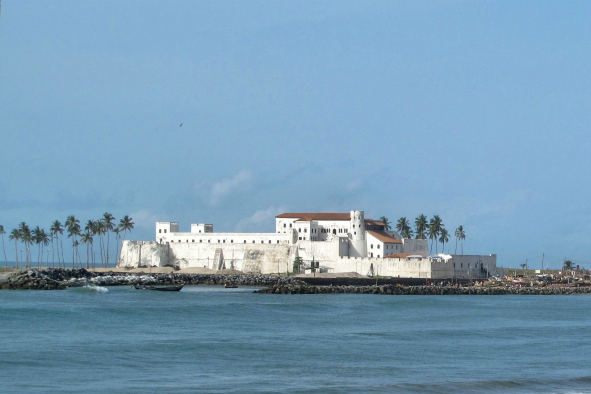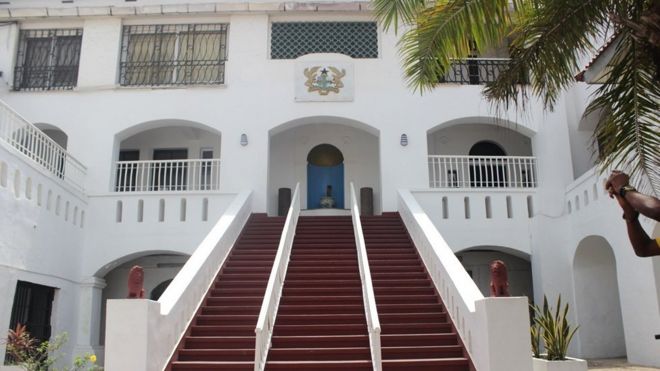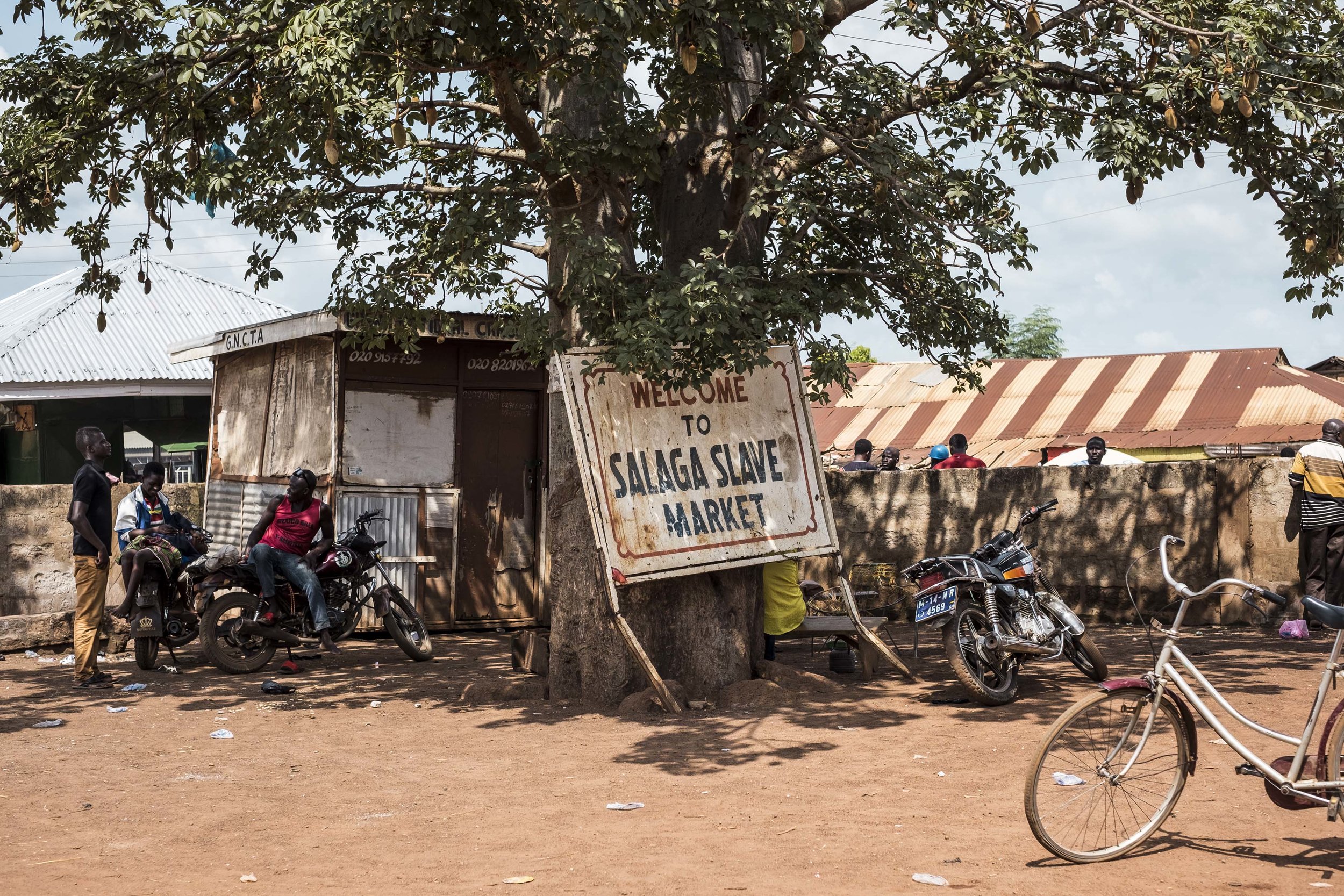Four hundred years after the first enslaved
Africans arrived on American shores, Ghana has marked 2019 as a ‘Year of
Return’ to celebrate “the cumulative resilience of all the victims of the Trans-Atlantic
Slave Trade who were scattered and displaced through the world in North
America, South America, the Caribbean, Europe and Asia.”
The campaign also aims “to position
Ghana as a key travel destination for African Americans and the African
Diaspora,” and to guide prospective ‘returnees’ when they do come around, Daily Mail GH highlights five sites
that could be visited to really grasp the history of the slave trade.
1. CAPE COAST CASTLE
It may only be one of several ‘slave castles’ built in the Gold Coast (as modern-day Ghana was formerly called), but the Cape Coast Castle is arguably the best known of the lot. While it once had notoriety for a significant role played in the obnoxious Trans-Atlantic Slave Trade — complete with its many dungeons and the so-called ‘door of no return’ — the castle is now deemed an unmissable feature of any tour of these parts. And with the haunting tales of old masked by the fortress’ whitewashed walls, be prepared to shed a tear or two.
2. ELMINA CASTLE
Also located in Ghana’s Central Region, the
Elmina Castle has its own place of infamy on the slavery route that took many
Africans across the Atlantic in the most inhumane of conditions. Like its cousin
in Cape Coast, the Elmina Castle stands elevated in a coat of white, looks out
to the sea, and is an enduring reminder to foreign visitors of African origin
about just what their enslaved ancestors suffered centuries ago.
3. OSU CASTLE
Decades of prestige spent as the national seat of government pre- and post-Independence has done little to erase the Osu Castle’s past as a place where many slaves were held just before being hauled to the Americas for lives in enforced servitude. That reputation was partly why, sometime in the noughties, the castle lost its aforementioned palatial status, but the relevance of the edifice — originally built in the mid-1600s and named Fort Christiansborg — is hardly lost on anyone who visits.
4. ASSIN MANSO & BONO MANSO SLAVE CAMPS
We move a little deeper into the land, with Assin Manso and Bono Manso as destinations. These days, both towns have been reduced to mere footnotes in the ugly annals of slavery, but they were hitherto quite prominent as sites where slaves bound for the coastal castles/forts and the cruel life that lay beyond were readied and marketed. At Assin Manso, there is the ‘slave river’ to be seen, while little survives of the market that once thrived at Bono Manso. For a piece of history, though, neither can be omitted on any tour.
5. SALAGA SLAVE MARKET
For slavery’s many victims, the journey begun
on the Ghanaian coast, but it was really in the northern parts of the country
— from where a sizable number of captives were dragged into the unknown —
that the very first steps were taken: enter the Salaga Slave Market. Not much
remains of the market itself these days — aside a latter-day baobab tree and a
signpost whose legs, according to a Graphic
Online article from 2016, stand “crooked” — but there is a slave
cemetery, a slave warehouse, drinking wells (inspiration for fictional writer
Ayesha Harruna Attah’s latest novel) and other relics of an era that appears to
have been buried under the sands of time. If you do make it as far up as
Salaga, dear returnee, it really would be worth your while.
NY Frimpong — Daily Mail GH









